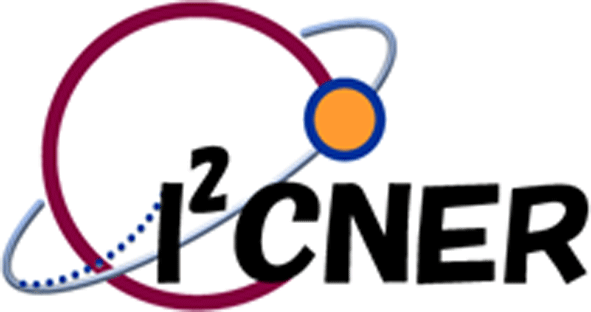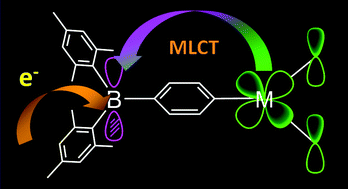The RSC Solid State Group will be hosting its 31st Christmas meeting on 19th – 20th December 2011 at the University of Liverpool.
For more information about the groups activities visit their webpage or find them on MyRSC.
Invited talks will be given by Prof. Paul Attfield (University of Edinburgh), Prof. Martin Dove (Queen Mary, University of London), Dr Andrew Goodwin (University of Oxford) and Dalton Transactions Associate Editor, Prof. Russell Morris (University of St. Andrews).
Abstracts are invited for both oral and poster presentations and the deadline for abstract submission is 11th November. Further information can be found here:

















 and Serena DeBeer (Cornell University), predict iron K-edge XAS pre-edge features for iron complexes using time-dependent density functional theory in this Dalton Transactions Hot article.
and Serena DeBeer (Cornell University), predict iron K-edge XAS pre-edge features for iron complexes using time-dependent density functional theory in this Dalton Transactions Hot article.![The organometallic anticancer complex [(η6-p-cymene)Ru(en)Cl]PF6](http://pubs.rsc.org/services/images/RSCpubs.ePlatform.Service.FreeContent.ImageService.svc/ImageService/image/GA?id=C1DT11189B) Peter Sadler from Warwick University, and collaborators at the Chinese Academy of Sciences have developed a ruthenium arene anticancer complex that inhibits the action of protein tyrosine phosphatase 1B, which regulates insulin levels.
Peter Sadler from Warwick University, and collaborators at the Chinese Academy of Sciences have developed a ruthenium arene anticancer complex that inhibits the action of protein tyrosine phosphatase 1B, which regulates insulin levels. Suning Wang from Queen’s University, Canada, looks at how electron accepting triarylboranes can be used in optoelectronic applications in this Dalton Transactions Perspective article.
Suning Wang from Queen’s University, Canada, looks at how electron accepting triarylboranes can be used in optoelectronic applications in this Dalton Transactions Perspective article.
 A group of Spanish scientists have investigated the intramolecular [4C+3C] cycloaddition reaction of allenedienes in this Dalton Transactions Hot article.
A group of Spanish scientists have investigated the intramolecular [4C+3C] cycloaddition reaction of allenedienes in this Dalton Transactions Hot article.![Molecular structure of [Ni6(O2CPh)6(6-mepao)6]](http://www.rsc.org/ej/DT/2011/c1dt10657k/c1dt10657k-f1.gif) Researchers from the University of Barcelona make discrete polynuclear metal complexes containing nickel in this Dalton Transactions Hot article.
Researchers from the University of Barcelona make discrete polynuclear metal complexes containing nickel in this Dalton Transactions Hot article.